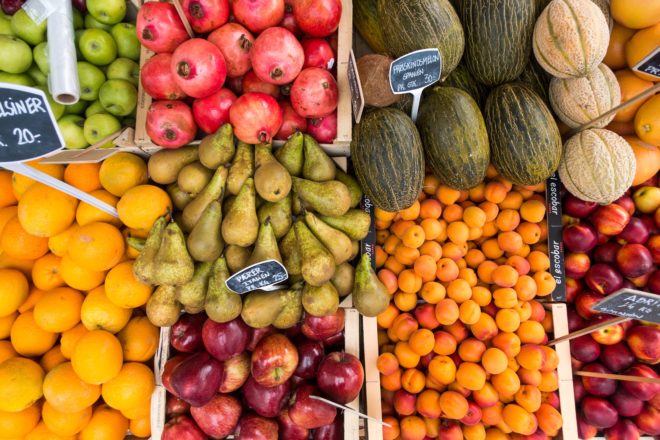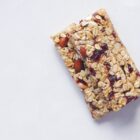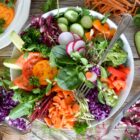
Grocery shopping is no simple task, and shopping for healthy foods can seem nearly impossible at times. When working with clients, I see time and again that a lot of the frustration lies in navigating through the market and being able to confidently select the healthiest options.

Many of you have probably been given the advice to shop the perimeter of the grocery store. It’s true that most of the healthy options, such as produce, seafood, and meats line the perimeter of the store. But, what about the other foods in the middle aisles? What should you be looking for when buying a product like crackers, cereal, salad dressing or yogurt? The Golden Rule of grocery shopping is always read the ingredient list.
The Golden Rule of grocery shopping: always read the ingredient list.
The ingredient list should be your main consideration when buying any product. This makes the difference between a healthy option and a not-so-healthy option. Let me break down how to read that ingredient list like a pro:
Tip #1: Less is More
A general rule is that the more ingredients in the list, the more processed that product is. So, fewer ingredients equal a more natural product. This is especially true for sugars, sweeteners or syrups added to products—you don’t want products that have various types of sugars added in.
Tip #2: Recognition is Key
Could you find each of the ingredients on the list in the grocery store? If not, don’t buy it. The ingredient list should look more like a cookbook recipe than a chemistry experiment.
Tip #3: Order Matters
Ingredient lists are set up from the most abundant to the least abundant food in the product. That means that the very first ingredient listed is the most abundant food in that product. So, you don’t want to find things like sugars, sweeteners and syrups near the top of the list. A product that lists sugar or syrup as the first ingredient is never going to be a healthy option.
Where is the ingredient list?
The ingredient list lives on the packaging of every product, indicated by the word “ingredients” in bold type. This is most commonly found directly underneath the nutrition facts label, but sometimes it can be located on the side, top or bottom of the package.
What about fat, protein, and calories?
If you have a good ingredient list—a short list of recognizable ingredients you might find in a cookbook—then you do NOT have to worry about protein, carbohydrates, calories, or other factors.
Why not?
A good ingredient list should be made of real, minimally processed food, which naturally contains a healthy amount of nutrients, such as protein and fiber, in the amounts that are most conducive to optimal health.
Mother Nature never gets it wrong. When you eat and buy products made of real, whole foods, you don’t have to spend your time worrying about individual nutrients. The only exception to this is sugar—you will always want to choose products that are low in added sugar.
Bottom Line: Put only products with healthy ingredient lists in your cart, and you’ll be shopping like a nutritionist!
- Eating Behavior (47)
- Grocery Shopping Tip (9)
- Gut Health (42)
- Healthy Eating (49)
- Low FODMAP (13)
- Nutrition Articles (32)
- Recipes (27)
- Uncategorized (4)


